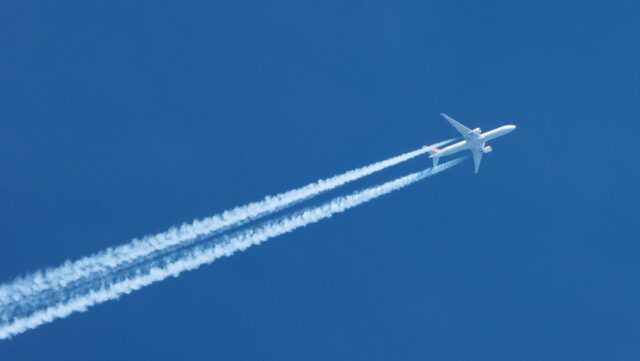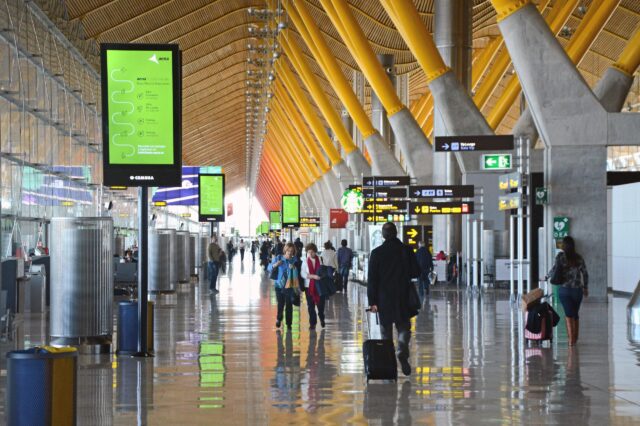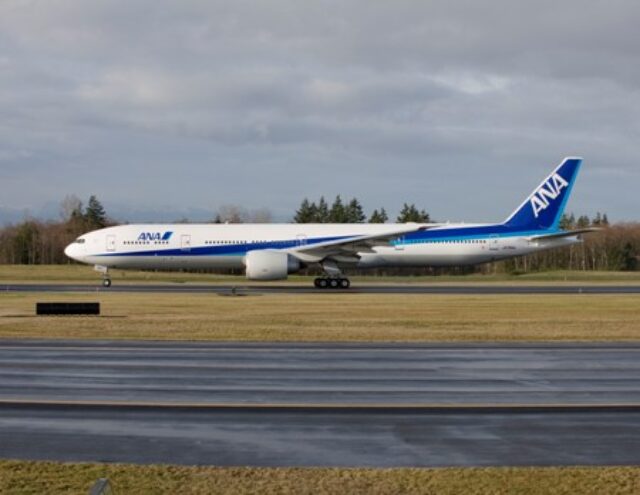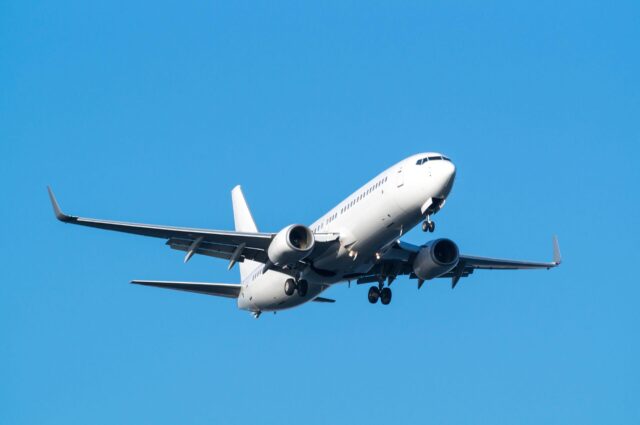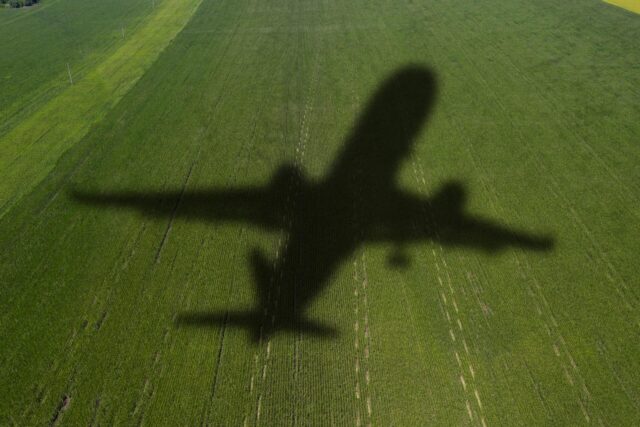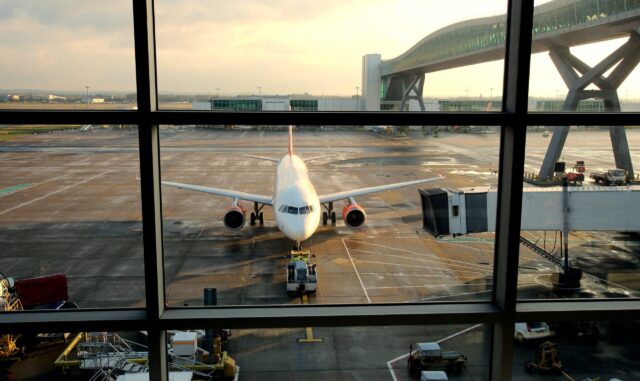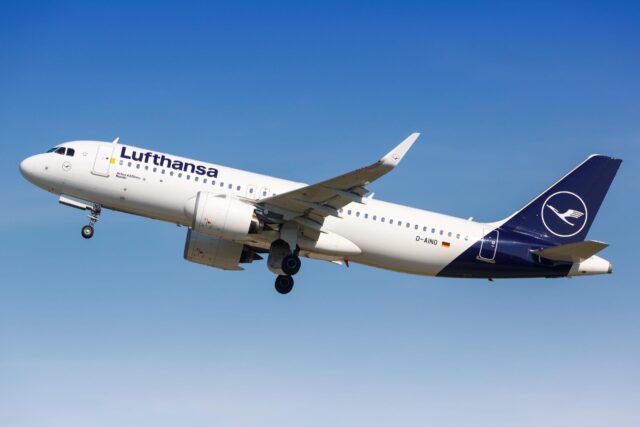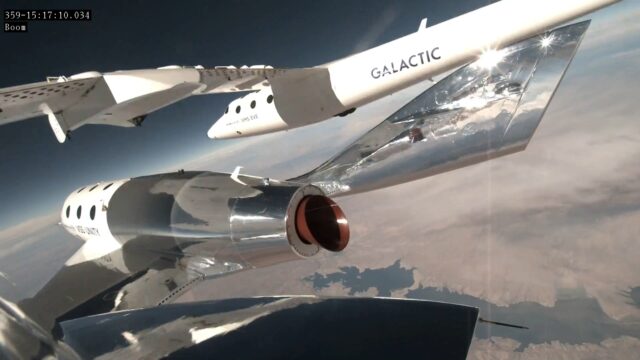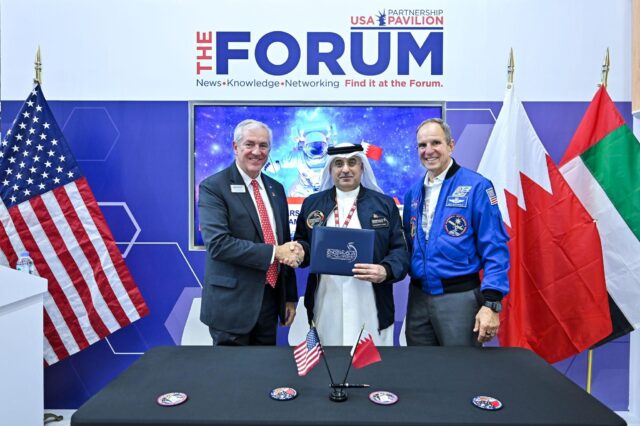USAF celebrates 70 Years of the Herk
August 30, 2024

Since its first flight on 23 August 1954, the Lockheed Martin C-130 Hercules (nicknamed the Herk) has proved to be one of the most versatile and active aircraft in the US Air Force’s fleet. Hercules have carried troops and supplies from the tundra of Antarctica, to the deserts of the Middle East, to the tropical islands of the Pacific, and nearly everywhere in between, as well as serving as gunships, ISR aircraft, special operations platforms, tankers and electronic combat aircraft.
The USAF still operates 12 different C-130 models spread across seven major commands and the Air National Guard, with 436 aircraft still active in the Air Force fleet. Moreover, the C-130 provides a vital plank in US Air Force efforts to reoptimize for what the USAF calls Great Power Competition (GPC), with the new emphasis on Agile Combat Employment (ACE). This, particularly in the challenging environment of the Pacific theatre, means that the C-130 will need to continue evolving.
“To survive and operate in that environment, it will absolutely be on the backs of our C-130s,” said Michael Beasley, the Mobility Directorate C-130 Hercules division senior materiel leader. “We’re trying to squeeze out every bit of performance out of this airplane we can, because we know that we’re probably the bedrock of that ACE concept. Once we get everything in theater and we’re in the battle, what’s going to keep that battle alive are the C-130 tactical transports, getting that stuff from island to island.”
Robins Air Force Base, home of the Warner Robins Air Logistics Complex, is the central hub for depot maintenance and modernization of the C-130, and around 50 of the aircraft visit the complex each year for planned depot maintenance, unplanned depot-level maintenance, battle damage repair, and modifications. The unit’s efforts on weight reduction and efficiency improvements, have been key to extending the aircraft’s operational lifespan and its effectiveness in a variety of theatres. When needed, engineers from Robins will deploy to resolve maintenance issues, keeping the global C-130 fleet flying and active.
Warner-Robins ALC has played a key role in keeping the C-130 fleet flying, and equipped with the technology and modernizations that make it a critical component of the contemporary Air Force fleet, since 1964. These have included vital avionics upgrades aimed at increasing the aircraft’s effectiveness in a connectivity-contested environment. Particularly important are the Real-Time in Cockpit and Dynamic Retasking Capability systems, which allow a C-130 to receive key information from command-and-control communication systems, or C2CS, prior to entering a battle space and provides the ability to forward this information off to advance commanders. This increases the awareness of the air crew, but also acts as a force multiplier in expanding the reach of C2CS.
Effective and efficient maintenance is vital to keeping the mission running – especially in an era of Great Power Competition, and so it was appropriate that the base was chosen to host a C-130 70th Anniversary celebration on 23 August 2024.
The celebrations included flying and static displays, parachute drops, and lots of speeches!
Gen. Mike Minihan, the commander of Air Mobility Command, said that: “It’s the greatest airplane ever built, and it’s stained honorably with American blood, sweat and tears. That airplane is a monument to everyone that flies, fixes, and supports it … From the assembly line, to the flight line, to the depot line, it’s the hands that touch it that make it so powerful.”

